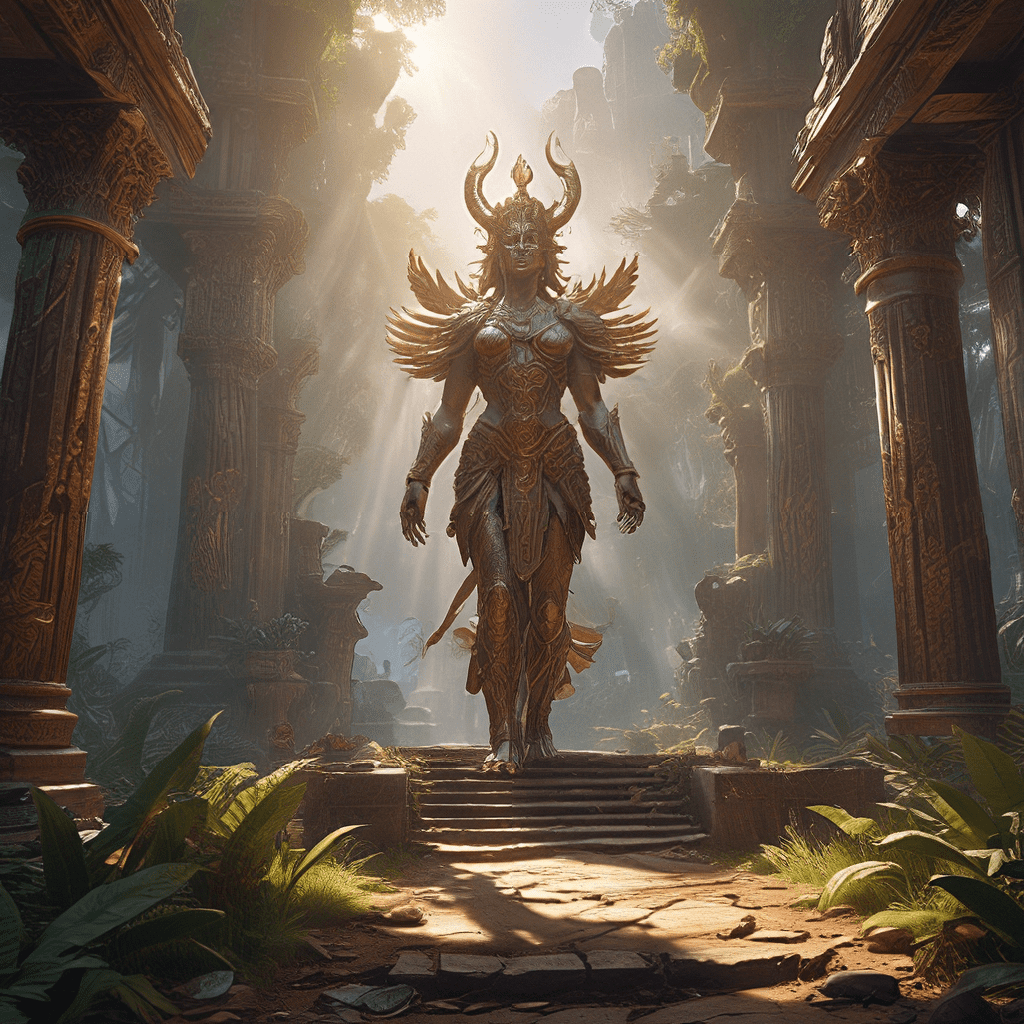The Egyptian Concept of the Afterlife
Ancient Egyptians believed that life continued after death. They viewed the afterlife as a journey filled with challenges, rewards, and a chance to live eternally in a beautiful, peaceful land. This journey began with death and involved preparations for the afterlife, judgment by the gods, and a final destination that depended on one’s deeds in life. This belief system was deeply ingrained in their culture and influenced almost every aspect of their lives, from their daily rituals to their grand monuments, like the pyramids.
The Journey Begins: Death and Preparation
When an Egyptian died, their body was carefully preserved through mummification. This process ensured the body’s preservation for the afterlife and symbolized the transformation of the soul. The deceased’s belongings, including food, jewelry, and personal items, were placed in the tomb or pyramid. These offerings were meant to provide the deceased with sustenance and comfort in the afterlife. The tomb was seen as a symbolic representation of the deceased’s home in the next world.
The Weighing of the Heart: Judgment in the Hall of Maat
After death, the soul (ka) traveled to the Hall of Maat, where it was judged by Osiris, the god of the underworld. The heart, symbolizing the person’s moral character, was weighed against the feather of Maat, the goddess of truth and cosmic order. If the heart was lighter than the feather, it meant the person had led a virtuous life and was allowed to enter the afterlife. But if it was heavier, the person would be devoured by the monster Ammit, symbolizing eternal punishment.
The Boat of Ra: Crossing the River of Eternity
The soul then embarked on a journey across the River of Eternity, navigating with the help of the god Ra. The soul had to overcome various challenges and obstacles along the way, including facing the Guardians, mythical creatures who tested the soul’s worthiness. This journey was a symbolic representation of the soul’s purification and its final transformation into a spirit that could exist in the afterlife.
The Challenges: Facing the Guardians
Ancient Egyptians believed that the soul had to face various challenges and obstacles during the afterlife journey. Some of these trials involved confronting mythical creatures like the god Anubis, the jackal-headed god of the dead, who guided the soul to the afterlife. The soul also had to face the Guardians, mythical creatures who tested the soul’s knowledge and worthiness. These challenges were believed to purify the soul and prepare it for its final destination.
The Field of Reeds: Paradise Found
For those who passed the judgment, the afterlife offered a paradise called the Field of Reeds. This peaceful, fertile land was a place of joy and eternal life. The Field of Reeds was a place where the deceased could hunt, fish, and enjoy the company of loved ones. They could also feast on delicious food, drink from the sacred lake, and bask in the warmth of the sun.
The Role of Osiris: Lord of the Underworld
Osiris, the god of the underworld, played a central role in the afterlife journey. He was responsible for judging the souls in the Hall of Maat and deciding their fate. He was also seen as a protector, offering guidance and support to the deceased on their journey to the afterlife. Osiris and his wife, Isis, were worshipped throughout ancient Egypt, and their cult was deeply integrated into the afterlife beliefs of the Egyptians.
The Significance of Offerings and Rituals
Offerings and rituals were essential to the Egyptian belief system. Offerings, which included food, drink, and precious items, were intended to provide the deceased with sustenance and comfort in the afterlife. Rituals, like mummification and the burial process, were believed to help the soul transition smoothly into the next world. These practices symbolized the Egyptians’ deep respect for the dead and their belief in the importance of preparing them for the afterlife journey.
The Importance of the Pyramid and Tomb
The pyramids and tombs, with their elaborate decorations and intricate passages, were more than just burial places. They were seen as symbolic representations of the deceased’s journey through the afterlife, reflecting their beliefs and aspirations. The pyramids were designed to resemble the sun-god Ra’s pyramid of light, and the tombs often included scenes from the Book of the Dead, a collection of spells and rituals that were believed to help the soul navigate the afterlife.
The Afterlife in Modern Egyptian Culture
Even today, the Egyptian concept of the afterlife continues to influence Egyptian culture. While the ancient rituals and beliefs have evolved, the idea of the afterlife as a journey, a place of judgment, and a realm of eternal life is still present in their cultural and artistic expressions. From traditional folk tales to contemporary art, the afterlife is a recurring theme, reflecting the enduring influence of their ancient beliefs on their present-day traditions.




